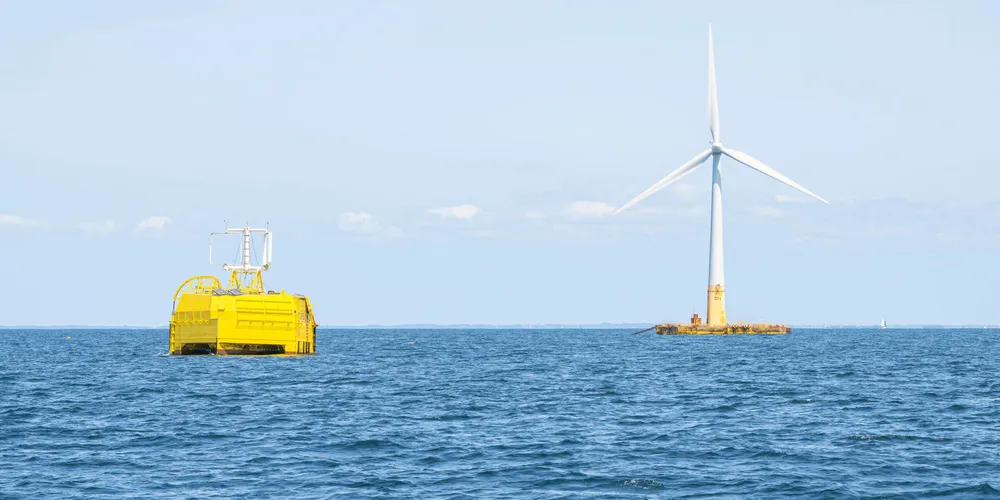Europe taps floating wind pioneer for first green hydrogen — but China may have won race
Lhyfe’s 1MW pilot is being tested 20km off the French Atlantic coast, with plans for a 10MW Belgian facility by 2025

Lhyfe’s 1MW pilot is being tested 20km off the French Atlantic coast, with plans for a 10MW Belgian facility by 2025
